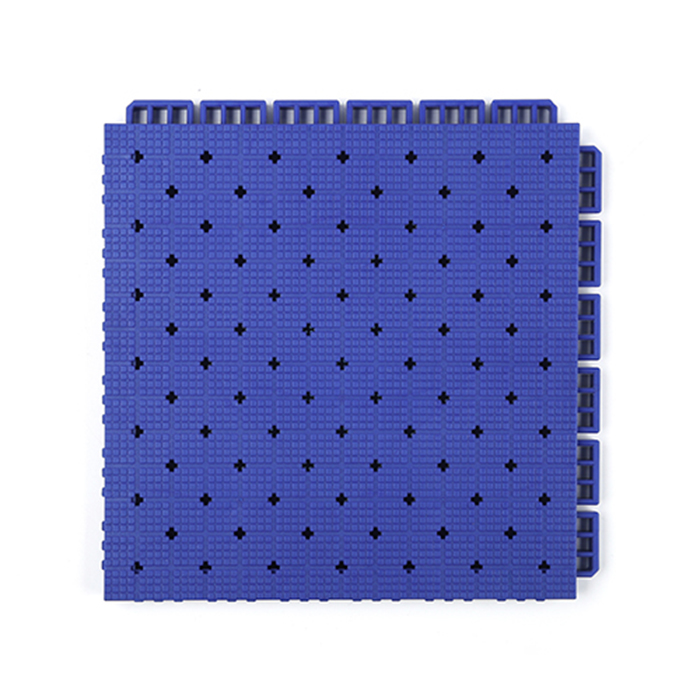Dec . 04, 2024 12:39 Back to list
Choosing the Right Flooring for Running Tracks and Athletic Facilities
The Importance of Running Track Flooring
When it comes to athletic facilities, the running track is one of the most crucial elements. It serves as a site of rigorous training, competitions, and physical fitness pursuits. However, the type of flooring used for running tracks plays an essential role in the overall performance and safety of the athletes. In this article, we will delve into the various materials used for running track flooring, their advantages and disadvantages, and how they contribute to creating a holistic athletic environment.
Types of Running Track Flooring
Running track flooring materials can generally be divided into two main categories synthetic and natural. Each type comes with its own set of characteristics that cater to different needs and preferences.
1. Synthetic Flooring Synthetic tracks are made from rubber or polyurethane materials that offer excellent durability and shock absorption. These types of flooring are popular due to their ability to withstand wear and tear from weather conditions and regular use. Below are some notable synthetic flooring options
- Recycled Rubber Tracks Often made from discarded tires, these tracks are environmentally friendly and provide a good level of grip. They offer excellent cushioning, decreasing the risk of injuries for runners.
- Polyurethane Tracks Known for their smooth surfaces and vibrant colors, polyurethane tracks are a common choice for competitions. They offer superior traction and are less likely to become slippery when wet, making them a safe option for athletes.
2. Natural Flooring Natural surfaces, such as cinder or dirt tracks, were once the standard but have become less common with the advent of synthetic materials. Although natural tracks can provide a softer landing surface, they often require more maintenance and may not provide the same level of performance as synthetic options.
Advantages of High-Quality Track Flooring
Investing in high-quality running track flooring contributes significantly to athletes' performance and safety
. Here are several key advantages of synthetic track surfaces- Enhanced Performance High-quality synthetic surfaces are engineered to promote speed and agility. Their uniformity allows for optimal conditions during training and competitions, enabling athletes to perform at their best.
running track flooring

- Injury Prevention A well-maintained synthetic track provides excellent shock absorption, reducing the impact on joints and muscles. This is crucial for preventing common running injuries, such as shin splints and stress fractures.
- Consistent Weather Resistance Synthetic materials are designed to withstand various environmental conditions, from rain to extreme sun exposure. This stability ensures that athletes have a reliable surface to train on, regardless of the season.
- Minimal Maintenance Unlike natural tracks, which require regular upkeep, synthetic surfaces are often more resilient and require less frequent care. This long-term durability makes them cost-effective in the long run.
Selection Criteria for Running Track Flooring
When selecting a running track flooring, several factors should be taken into account
- Usage Consider whether the track will be used primarily for training, competitions, or both. This will influence the choice of material and design.
- Sport Specifications Different track events may require unique surface characteristics. For example, sprinting tracks demand a firmer surface for maximum propulsion, while distance running might benefit from greater cushioning.
- Budget While high-quality synthetic surfaces may require a larger initial investment, the long-term benefits often justify the cost. Consider the expected usage, lifespan, and maintenance requirements.
- Environmental Considerations Increasingly, facilities are opting for environmentally friendly materials that contribute positively to sustainability efforts.
Conclusion
The choice of running track flooring is a significant decision that impacts athletes' performance, safety, and overall experience. High-quality synthetic surfaces provide numerous benefits that make them a preferred option for modern sports facilities. By understanding the various types of flooring available and their advantages, facility managers can make informed decisions that create optimal training and competitive environments for athletes. Ultimately, the right flooring not only enhances performance but also supports the health and well-being of the runners who rely on it.
-
Vinyl Carpet Flooring | Durable & Waterproof Design
NewsJul.31,2025
-
Premium Basketball Board Stand with GPT-4-Turbo AI
NewsJul.31,2025
-
Premium Maple Flooring for Gyms & Homes | PVC & Vinyl Options
NewsJul.30,2025
-
Premium Outdoor Basketball Court Tiles for All Weather Use
NewsJul.30,2025
-
Durable Basketball Board Stand for Indoor & Outdoor Use
NewsJul.29,2025
-
Durable Pickleball Court Tiles for Outdoor Sport Courts
NewsJul.29,2025

